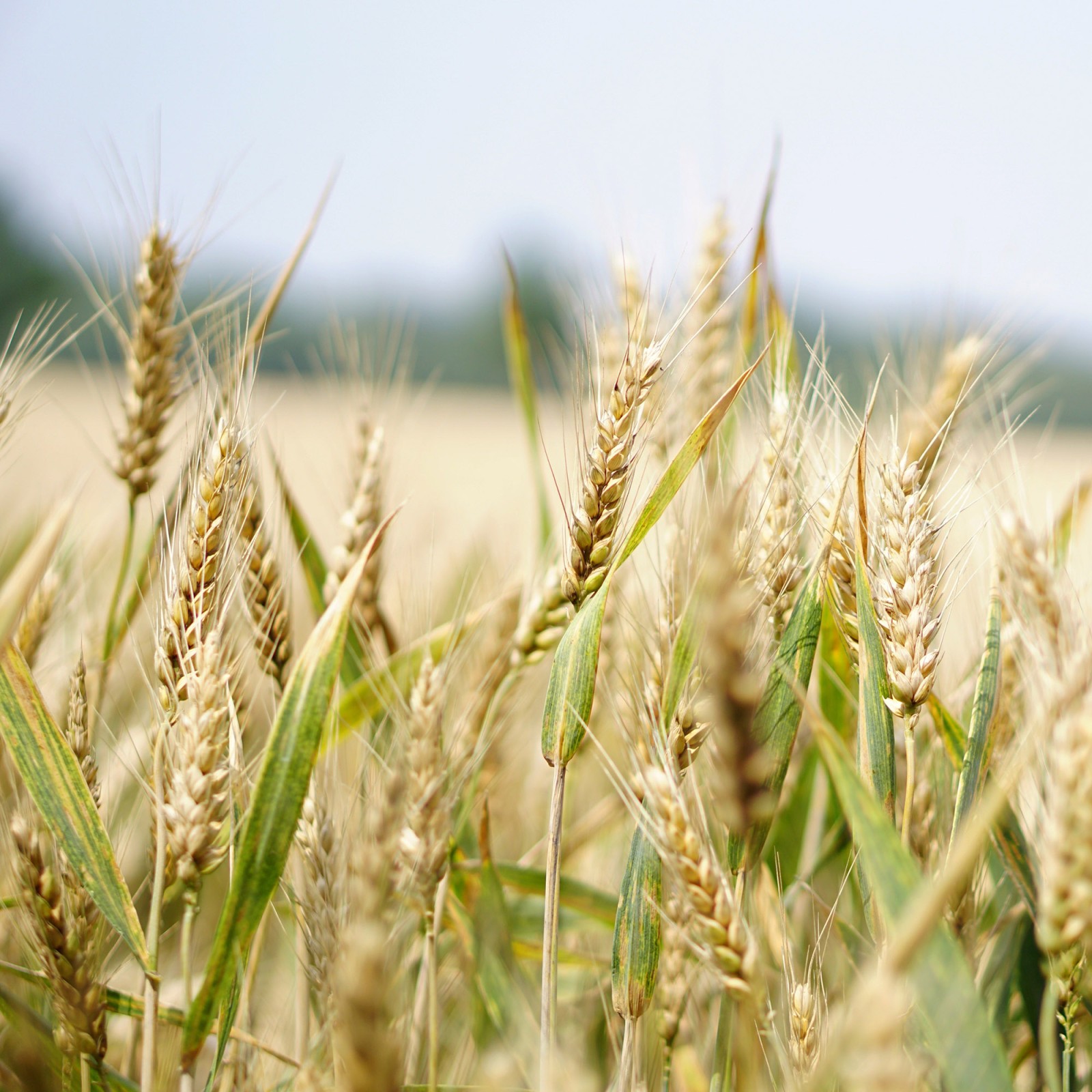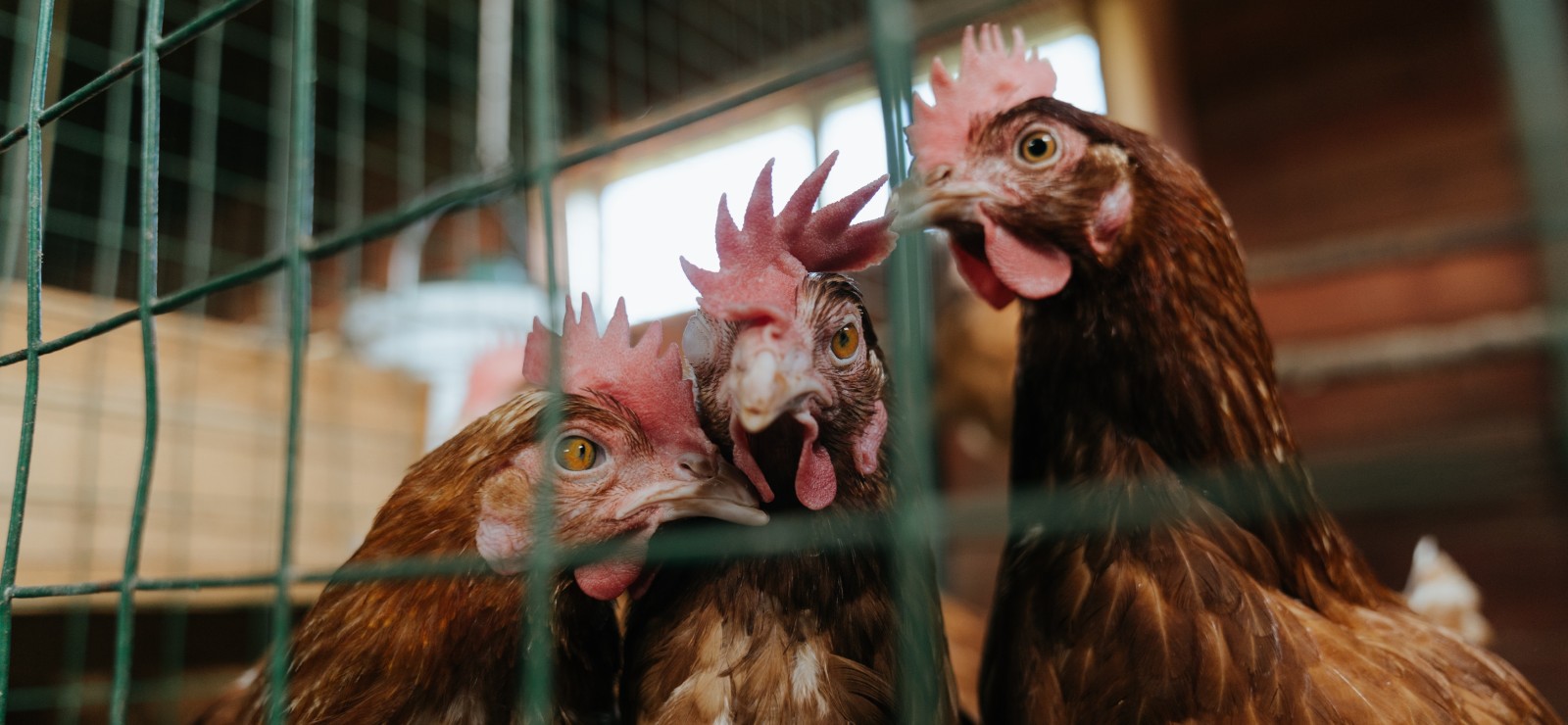Chicken feathers are full of valuable substances. Working with STAMAGRO, the start-up in East Flanders, researchers at Ghent University have helped to find a way to turn these substances into a product that benefits the growth of plants. That also means less nitrogen and CO2, because the plants require less fertilizer. And it reuses the feathers, which would otherwise end up in the rubbish. Win-win!
40,000 tons of chicken feathers: an incredible amount. That’s how much ends up being thrown away each year at Flemish abattoirs. But not for much longer. After all, chicken feathers are packed with useful proteins. You can use these to make animal food or fertilizer, and recently also for products to make plants stronger: biostimulants.
Biostimulants, never heard of them. What are those exactly?
“A biostimulant is a product or micro-organism of natural origin that strengthens plants and makes them grow better. Like fertilizer, but different”, explains professor Kris Audenaert, plant researcher at the faculty of Bioscience Engineering.
“Biostimulants allow plants to absorb nutrients better, or make plants more resistant and better at standing up to extreme weather conditions, such as drought or long periods of heat. In recent years this is also becoming ever more important in our Belgian climate. Biostimulants have one big advantage: very little is needed to see an effect.”
“Thanks to the biostimulant based on chicken feathers, crops require less fertilizer. This means that the product results in a huge reduction in CO2. An added advantage: the product is affordable. For crops with little profit margin, such as wheat, this is also very interesting.”
That sounds almost too good to be true. Why are we not all using this product already?
“Biostimulants are relatively new: the first scientific publications on the subject date back to the 1990’s”, explains Kris. “Unfortunately they were too quickly construed as a miracle cure for all kinds of issues, which caused many farmers to become sceptical. Meanwhile, the technology has moved on significantly, and more and more biostimulants are being developed for specific applications. For example, products that can be used directly to ensure that plants can absorb nutrients better, or can cope better with drought. They have certainly already demonstrated their worth.”
“It may take some time to regain the farmers’ confidence, particularly when they can still resort to traditional fertilizers and chemical interventions. Even so, the countermovement is underway: the ever-stricter European legislation relating to fertilizer and crop protection is meanwhile acting as a lever to boost the market for biostimulants. With anticipated growth percentages of 10%, that effect is already clear.”
How do you turn feathers into a biostimulant?
“The chicken feathers undergo a number of different treatments”, explains professor Katleen Raes. She specialises in food processes and the residual waste streams they cause. “The feathers are first placed in a warm bath and high pressure is applied to break them down into smaller pieces: a hydrolysis process. In a second step, we set enzymes to work to ensure that these smaller pieces are broken down into the simplest protein components, amino acids. These amino acids are the active elements in biostimulants, because they often each have a specific role to play in plants.”
The East-Flemish company STAMAGRO came to professor Raes for help in optimising its biostimulants technology relating to chicken feathers. The result of these efforts is already on the market under the name Aphasol. The company will work further with Ghent University, in order to continue improving the product.
Is there any waste left over?
“Yes, but we even turn that into something that can be used again”, says professor Erik Meers. If you ask this Ghent University researcher, there is no such thing as waste: everything is a raw material. He also claims that ways to close the circuit can be found everywhere.
“We don’t just use all the processed chicken feathers to make a bottle of biostimulant”, continues Meers. “Some is used as soil improver and fertilizer. Tests are currently being set up in this area. Then, what’s still left is used as animal feed.”
From lab to field testing: the faculty of Bioscience Engineering has handled the entire biostimulant adventure. Meanwhile, IOF-consortia CropFit and End-of-Waste have provided the necessary encouragement, in supporting both the collaboration between the company and Ghent University researchers and funding requests. The subsidy awarded to the project by VLAIO (Flanders Innovation and Entrepreneurship) certainly accelerated the research and the product development of this biostimulant.

Read also
International top recognition for researcher who is combating ‘hidden’ hunger
From now on, Professor Dominique Van Der Straeten can call herself a fellow of the prestigious American Association for the Advancement of Science (AAAS). This international recognition honours researchers who are making an invaluable contribution to science and its application. In the case of professor Van Der Straeten, it recognises her research, which aims to reduce ‘hidden’ hunger and the consequences of climate change.
Vegetables that aim higher: the future of urban horticulture in Roeselare
Vertical farming is booming, and above all in an urban context, since this method requires less space in order to grow sufficient food for a large number of people. Vertical farming is an agricultural concept where crops are grown in a tall greenhouse, in vertically stacked layers. The plants are not planted in earth; instead, they are cultivated in nutrient-enriched water. Artificial light is needed to ensure that the plants receive enough light in order to grow. But which sort of light gives the best result? This is the focus of one of the studies by a team of bio-engineers from Ghent University.
Towards more sustainable agriculture, thanks to... robots
A new development in agricultural robotics has the potential to make the sector more sustainable and profitable. Researchers at Ghent University have developed technology that enables agricultural robots to make site specific adjustments in real time, from soil analysis to soil cultivation, sowing, fertilising and the spraying of pesticides.


